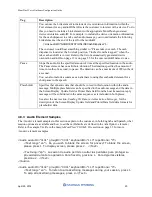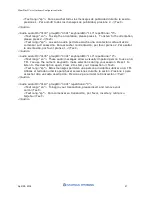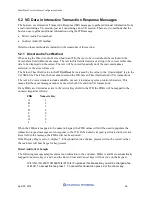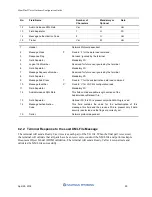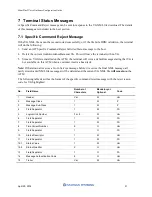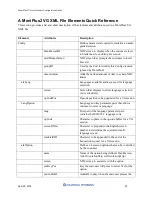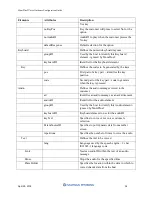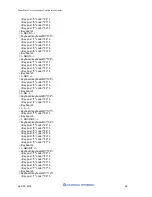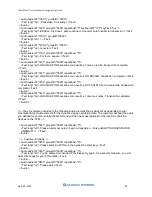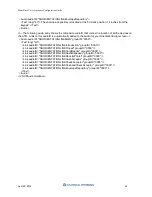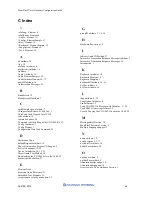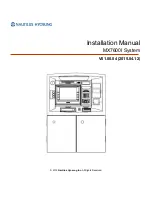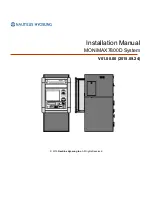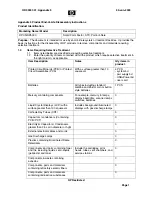
MoniPlus2 Voice Guidance Configuration Guide
April 29, 2014
29
6 Transferring the Voice Guidance XML File to the ATM
The Voice Guidance XML file can be copied onto the ATM locally or downloaded from the host. This
section describes the details of both methods of distributing the file.
If you are using the MoniPlus2 dynamic device orientation feature and the devices on the ATM change
for any reason, you must either physically reload the VG XML file or download it again from the host,
depending upon which method you typically use. A new device orientation list is only generated when the
VG XML file is physically loaded onto the ATM or downloaded from the host.
6.1 Locally Copying the XML File onto the ATM
To load the VG XML file onto the ATM locally, you need to know the required filename and the target
location for the file.
Create the target directory if it does not already exist.
•
Required Filename – AudioGuidanceData.xml
•
Target Location – C:\Program Files\MoniPlus2S\ConfigNetwork\Host
A
reboot is required
after you copy this file onto the ATM.
6.2 Downloading the VG XML File to the ATM
The host can use the Configuration Data Load Command - Load VG XML File message with Identifier
‘V’ to download the VG XML file to the ATM.
6.2.1 Load VG XML File Message with Identifier ‘V’
This NH NDC message is used to download the VG XML file only and is compatible with the NCR
APTRA Advance NDC message implementation. Using this message, the XML configuration file will
probably be divided into several parts due to the host to ATM transmit capacity. In this case, the first
message must include the start tag, and the last message must end with the end tag. The file will be
assembled at the ATM in the same order as received.
The format of the Load VG XML File with Message Identifier ‘V’ is described in the following table.
No.
Field Name
Number of
Characters
Mandatory or
Optional
Data
1
Header
Var
M
Var
2
Message Class
1
M
‘3’
3
Response Flag
1
O
Var
4
Field Separator
1
M
FS
5
Logical Unit Number
3
O
Var
6
Field Separator
1
M
FS
7
Message Sequence Number
3
O
Var
8
Field Separator
1
M
FS
9
Message Sub-Class
1
M
‘1’
10
Message Identifier
1
M
‘V’
11
Field Separator
1
M
FS






